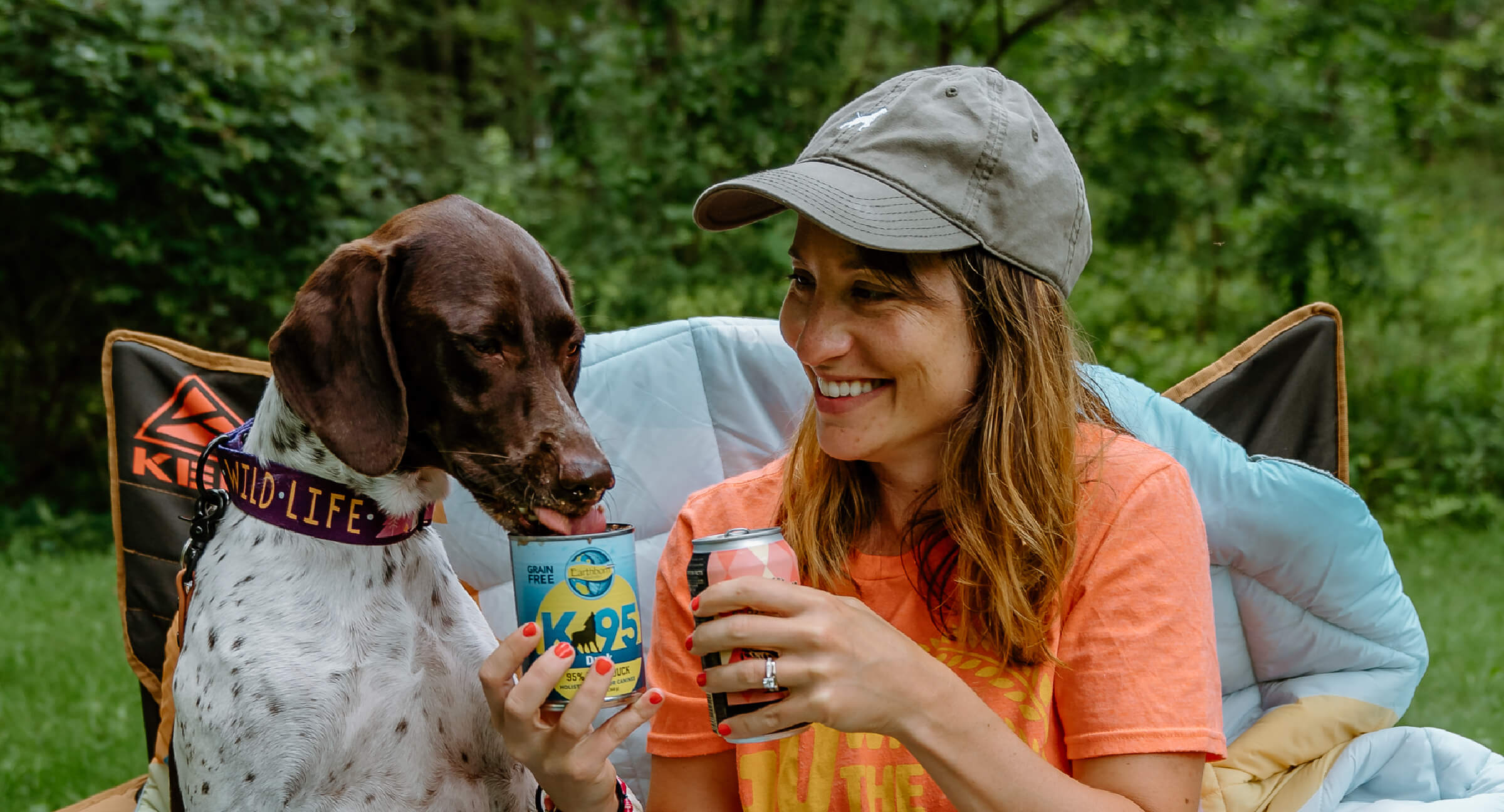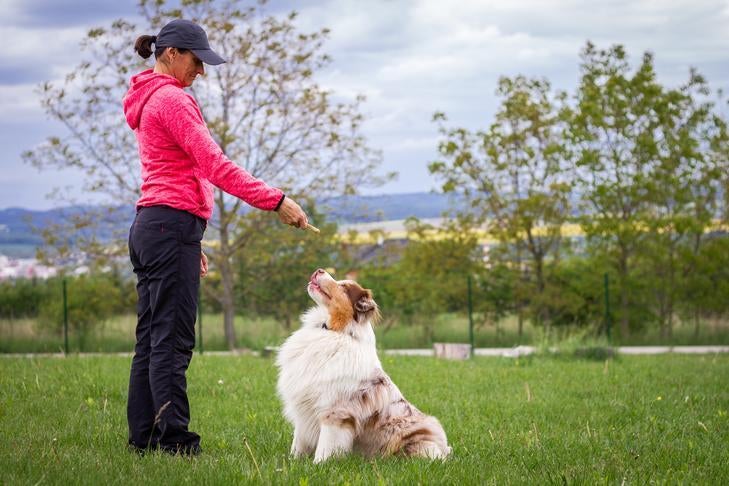Comprehending Canine Body Language During Dog Training
Comprehending Canine Body Language During Dog Training
Blog Article
Essential Tips for Successful Dog Training: An Overview for Family Pet Owners
Reliable pet dog training is a complex procedure that calls for a strategic technique tailored to both the family pet's character and the owner's purposes. Trick components such as establishing consistent commands, using favorable reinforcement, and promoting very early socialization play important roles in promoting a well-adjusted canine buddy. However, several animal proprietors run into challenges that can prevent progression, bring about irritation and uncertainty. Understanding how to browse these challenges can significantly boost the training experience, inevitably transforming the relationship between proprietor and pet. What are the crucial methods that can be utilized to ensure success in this endeavor?
Recognizing Canine Actions
Recognizing canine behavior is vital for reliable training and promoting an unified connection in between dogs and their proprietors. dog training. Pet dogs interact primarily with body language, articulations, and actions, making it essential for owners to analyze these signals precisely.

Socializing plays a significant function in pet behavior; direct exposure to numerous environments, people, and various other animals can considerably impact a pet dog's character. Factors such as breed characteristics and specific character ought to direct training techniques, as some types may have particular behavioral characteristics that require customized strategies. By understanding these components, proprietors can develop an encouraging environment that motivates favorable actions, resulting in successful training end results and a deeper bond with their pets.
Developing Regular Commands
Effective interaction with your canine begins with developing regular commands. This foundational element of training is important for fostering understanding between you and your family pet. Uniformity in the commands you use ensures that your pet dog can accurately connect certain words or phrases with the preferred actions.
When selecting commands, select clear, unique words that are simple to state and set apart from one an additional. Prevent using similar-sounding commands that might puzzle your dog. For instance, making use of "rest" and "stay" is suitable, yet "rest" and "struck" could lead to misunderstandings.
In addition, maintain the same tone and volume for each command. Dogs are sensitive to vocal hints, so varying your tone can create confusion.
It is similarly crucial to make sure that all household participants get on the exact same web page relating to the commands used. A united front in command use will certainly prevent combined signals and reinforce the knowing process.
Positive Support Strategies
The power of favorable reinforcement in dog training depends on its ability to urge wanted actions with incentives and appreciation. This strategy is based in the principle that habits adhered to by beneficial end results are most likely to be duplicated. By integrating favorable reinforcement right into your training regimen, you can efficiently shape your pet dog's actions in a constructive way.
To apply positive support, it's vital to identify what motivates your canine, whether it be treats, toys, or spoken praise. When your dog carries out a desired action, such as resting on command, promptly award them with a treat or love. This association in between the command and the positive outcome reinforces their understanding.
It's critical to timing the incentives appropriately; delivering the support within secs of the wanted behavior assists your pet dog make the link (dog training). Furthermore, uniformity is key-- guarantee that all relative utilize the exact same commands and benefit systems to prevent confusion

Gradually, you can minimize the regularity of deals with as your canine discovers the actions, transitioning to commend or periodic benefits. This method not only fosters a strong bond between you and your pet but additionally promotes a favorable knowing environment, making educating a delightful experience for both.
Socialization and Communication
Constantly revealing your canine to a range of settings, people, and various other animals is crucial for their social growth. Socializing ought to start early, preferably throughout the vital home window of 3 to 14 weeks, when young puppies are most responsive to brand-new experiences. Nonetheless, older pets can additionally gain from continuous socialization efforts.
Introduce your dog to various setups, such as parks, pet-friendly shops, and city areas. This exposure assists them adjust to different stimuli, reducing anxiousness and concern actions. Urge positive interactions with various other dogs and individuals, guaranteeing that these encounters are secure and regulated to promote self-confidence.
Make use of organized playdates with well-mannered pet dogs, as this can improve your canine's social abilities and instruct them appropriate actions. Obedience classes and training sessions additionally supply excellent chances for socialization, allowing your dog to connect with additional info others in a monitored setting.
Screen your canine's body language throughout communications, as this will certainly help you evaluate their comfort degree. Progressively raise exposure to more difficult circumstances while making certain that each experience is positive. A well-socialized dog is extra most likely to display well balanced actions, making them a happiness to have in any setting.
Resolving Typical Training Obstacles
Every canine proprietor will come across training challenges at some point, no matter of their dog's age or socialization degree. Determining usual issues such as stubbornness, disturbances, and fearfulness can help in establishing reliable techniques for renovation.

Progressively present interruptions as the pet dog comes to be extra skillful in commands. Short, constant training sessions are additionally reliable in maintaining focus.
Terror can impede a canine's knowing process. Progressive desensitization to the source of worry, coupled with positive support, can assist alleviate anxiety. Patience is crucial; never ever require a canine into a situation that creates distress, as this might worsen the problem.
Ultimately, understanding and addressing these common challenges with an organized method will cultivate a much more productive training experience, strengthening the bond in between pet dog and owner while advertising effective learning.
Verdict
In recap, successful canine training counts on a detailed understanding of canine actions, the establishment of constant commands, and the application of positive support techniques. Socializing plays a critical function in establishing well-adjusted family pets, while dealing with usual training challenges calls for patience and versatility. By implementing these necessary techniques, pet dog owners can cultivate a strong bond with their pets and promote desirable behaviors, eventually leading to a harmonious connection in between human beings visit this website and their canine companions.
Recognizing pet behavior is necessary for effective training and promoting an unified relationship between pooches and their owners.Socialization plays a substantial duty in canine habits; direct exposure to various atmospheres, individuals, and various other animals can considerably affect a dog's temperament.The power of favorable support in dog training lies in its capability to urge preferred habits via incentives and appreciation. By incorporating positive reinforcement right into your training routine, you can properly form your dog's behavior in a constructive way.
In recap, effective pet dog training depends on a thorough understanding of canine actions, the facility of consistent commands, and the application of positive support strategies.
Report this page